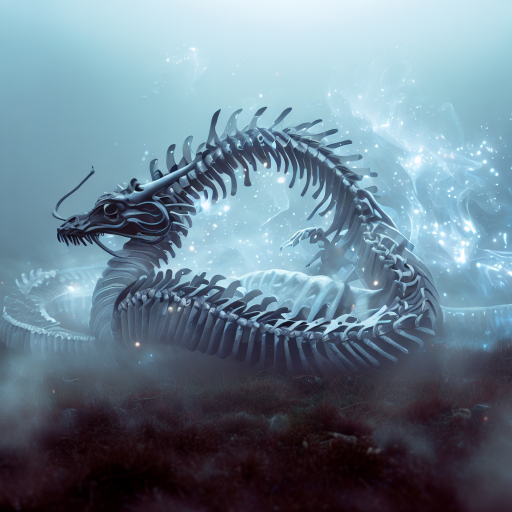By dreaming dragons – the world was carved
“Lay of the Dead Dragons”, fragment, circa -3,500
To dreaming dragons – the world yet bends
Those dreaming dragons – all lie dead
Yet dreaming dragons – carve it still.
the light breathes
unknown survivor of passage through the periphery of the Tortelsvard grimward, immediately before dissolving without trace
the shadows move and the objects don’t
are you real?
am I?
I am not.
Drones can’t bleed.
Dallen Osiríän, engineer on OPERATION ABYSS DREDGE, upon being confronted with a post-dive drone that was, in fact, bleeding
You can try a reality engine against it the moment that no-one else is living on this planet, and not before.
Prefect Aldysis Paluna, Fifth Directorate

History records that the trakelpanis trakóras amán are all dead, wiped out at the beginning of the Gloaming, three hundred thousand years ago. In this, history is correct.
The common assumption that death carries with it finality, on the other hand, is incorrect. During the Chaos that marked the end of trakelpanis trakóras amán civilization, five fell upon Eliéra: for three, those who we believe dwelt here before the Chaos, we have names. The Shaper died at her home, in the Dragon’s Nest, and in so doing created the largest of Eliéra’s grimwards, nearly twenty miles across. Of those who dwelled at the Gate of Dragons, both died elsewhere: the Architect fell in Saralainn, and the Farseer was slain abroad in far Marukamui. Of the nameless amán legendaria presume to be their attackers, one formed the first and most famous grimward in central Kaládav, brushing the valley of the Falthrang, and the other died far to the south, amid the monazite sands of Tortelsvard.
And there part of them remains.
What is a grimward? It is the mad dream of a dead dragon, no more and no less. The trakelpanis trakóras amán possessed a peerless ontotechnology, capable of commanding the forces of reality and warping it in accordance with their desires and ambitions, making, twisting, and unmaking with a thought. The amán knew few strictures or boundaries, and acknowledged fewer, the fatal flaw that led to their self-destruction as a race: how much less restrained, then, the passions flickering in their hollow bones, unconstrained by conscious will?
The land, sea, and sky for miles around where they lie, then, are regions where reality grows fuzzy: even the most mundane things found within or passing their boundary may find themselves warped into prodigies or horrors unique in the universe. Space and time themselves quail there: one may cross miles in a footstep only to find that step taking centuries, or a mile may stretch into a journey of decades which leads one out before one entered. There can be no certainty there, no prediction, and no safety. Only the whim of the grimward’s master defines the structure of being within its bounds.
Thus, these regions have been surrounded by long and high walls, posted warnings, and the strongest wardings ancient thaumaturgy or modern technology could devise since early in the Gloaming, long before there was an Empire, layers built on layers and warnings inscribed over earlier warnings, with reality engines humming where once beacon-fires burned.
They may be the greatest dangers we have found in this universe.
WARNING
EXTREME ONTOLOGICAL DANGER
DO NOT TRANSGRESS THE BOUNDARY OF THE GRIMWARD UNDER ANY CIRCUMSTANCES.
DEATH IS PREFERABLE TO THAT WHICH LIES WITHIN.
DO NOT APPROACH THE GRIMWARD.
DO NOT CONTEMPLATE THE GRIMWARD.
DO NOT PROVOKE THE GRIMWARD.
BY ORDER
IMPERIAL RANGERS, SUPRADEATH CONTAINMENT SECTION
